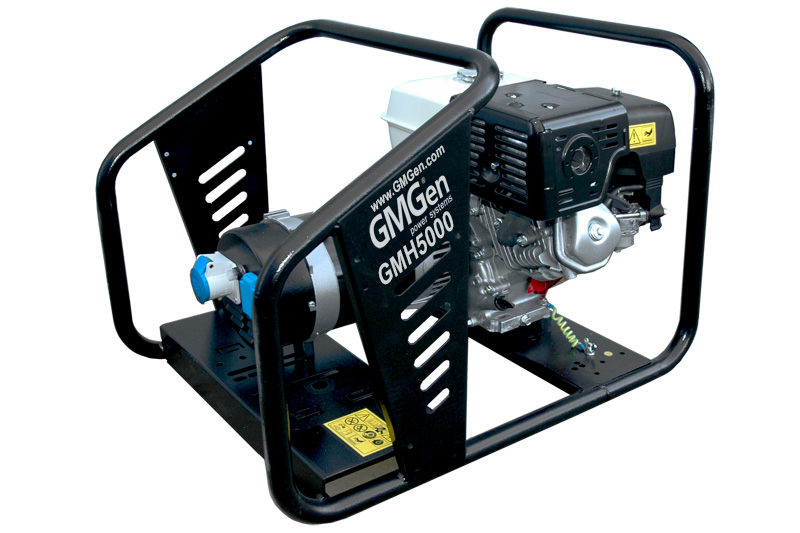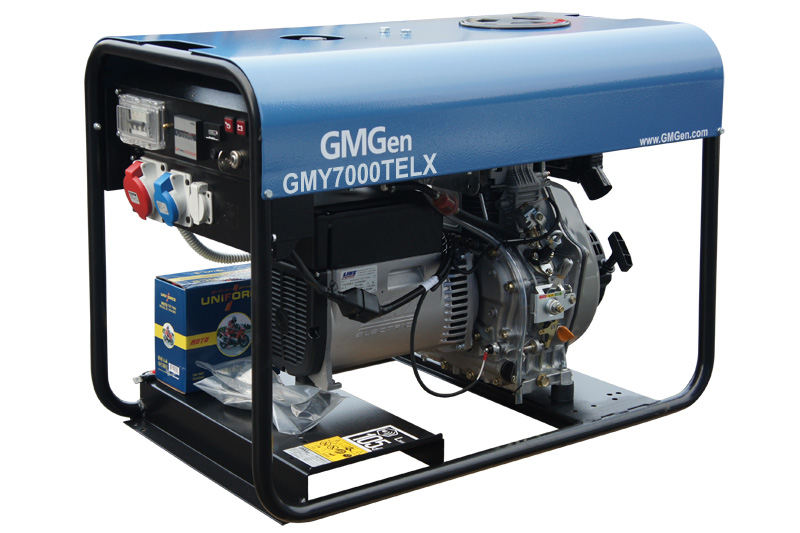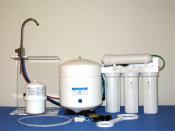Search
Login
Power generators how to choose
In Russia there are still a lot of remote, and not very remote places where electricity is still cut off often, then for a long time, sometimes for a very long time. How to get out of this situation? A home power station is needed.
Content
- Options for mini power plants
- What is the cost of their electricity
- Maintenance and repair costs
- Conditions for normal operation
- Classification of Autonomous Installations
- Specifications video
The use of solar panels and thermoelectric generators as alternative sources of electricity is not suitable for every territory, since there is not enough sun in the middle lane and in the north of Russia. Wind turbines reliably supply electricity only where smooth, strong winds are constantly blowing, namely, on the sea coasts. The best option for generating electricity is autonomous generators operating from an internal combustion engine. Their choice is great enough.
Options for mini power plants
Depending on the needs of your farm and selects the desired unit. If you just want to insure yourself against a short-term power outage, then the simplest, most acceptable and inexpensive solution is to buy a small power gas station. This acquisition, for several hours, will ensure uninterrupted operation of all necessary household appliances.

Relatively low price, small dimensions and weight, ease of operation, low noise level are the advantage of gasoline power plants. For more severe operating conditions, medium power gasoline power plants are purchased. These units typically have a large fuel tank and a built-in electric start device. The power of such power plants is sufficient not only for household appliances, but also for powerful hand-held power tools.

If power outages are frequent and long, and it is necessary to provide consumers with electricity for more than two hours, in this case, diesel power plants are the best solution.
The advantages of diesel engines are known.
They are more economical than gasoline, since fuel consumption per unit of power is less, and the price of diesel fuel is within the cost of gasoline.
These engines are easier to start in automatic mode, the motor resource is much larger, the power is unlimited, while the power of the gas generator does not exceed 11 kW.
When choosing an electric generator, you need to know what voltage you want to receive - single-phase or three-phase.
The power of household appliances (kitchen appliances, television and radio equipment, lighting) is small, their load is single-phase.
Equipment operating with heavy loads (powerful power tools, construction equipment), a three-phase source is required to power them.
You need to know the power of the power plant. To do this, it is necessary to calculate the total power consumption of all electrical appliances in the house (lighting, television and radio equipment, a refrigerator, a kitchen electric stove, a microwave, etc.) - this is the minimum required power of a future electric generator.
When purchasing an electric generator, it is necessary to take into account the power reserve of the unit so that it does not have to work in overload mode.
What is the value of their electricity
And the cost of its electricity consists of the total cost of the unit upon purchase, the costs of its operation and maintenance.

The cheapest low-power household gas generators - carrying costs from 200 cu The price of the most powerful diesel generators is already thousands and tens of thousands of conventional units.
Maintenance and repair costs
Liquid-cooled diesel units are powerful and reliable, can work for a long time without interruption and steadily supply electricity to a large household, but their cost is much more expensive than gasoline. Accordingly, installation, commissioning, maintenance and repair are also more expensive.
Conditions for normal operation
All electric generators must be reliably protected from atmospheric precipitation, the open sun, have a free flow of air from all sides, in order to eliminate overheating. Small portable electric generators fit in the trunk of a car, weigh from 15 to 30 kg., Are possible to use when leaving for nature, subject to good weather.
The weight of powerful stationary diesel units can exceed several tons, dimensions - reach the size of a car. To install them, you need a foundation and a canopy. If diesel power plants operate year-round, they need a separate ventilated and heated room.

If such a room is not available, micro-container diesel power plants are used, or on the basis of sea containers. They are well protected from external influences.
Classification of Autonomous Installations
By engine type: two-stroke gasoline, one and two-cylinder; diesel.
By type of fuel: gasoline; diesel fuel.
By start type: for gasoline - manual and electric; for diesel engines - only electric.
By type of cooling: air; liquid.
By type of generator: synchronous; synchronous inverter.
By design: open (in frame); closed (in a casing or in a container).
By weight and dimensions: portable; stationary.
Specifications
Alize 3000e, power 2.5 kW., gasoline engine (Briggs Istratton), manual start, weight 91 kg.

EU 10i *, invertor voltage control, power 1 kW., gasoline four-stroke engine (Honda), manual start, weight 13 kg.

GMH5000E **, single-phase current, power 4.1 kVA, gasoline engine, start-up, electric starter, weight 95 kg.

GMJ44 ***, three-phase current, power 40 kVA., engine-diesel (John Deere), start-up, electric starter, weight 800 kg.

SH 6000 E, power 6 kW., gasoline engine (Honda), start-up, electric starter, weight 83 kg.

SH 15000 TE, power 10 kW., gasoline engine (Honda), start-up, electric starter, weight 151 kg.

GMY7000TE ***, three-phase current, MW of 5 kVA., engine-diesel, start-up, electric starter, weight 108 kg.

GMJ130, power 120 kVA., diesel engine (John Deere), start-up, electric starter, weight 1400 kg.
EU 20i *, inverter voltage regulation, power 2 kW., four-stroke gasoline engine (Honda), manual start or electric starter, weight 21 kg.






